‘No other studio has made this kind of game before’ – Where Winds Meet developers on building the ultimate free-to-play Chinese fantasy epic
A vast virtual world
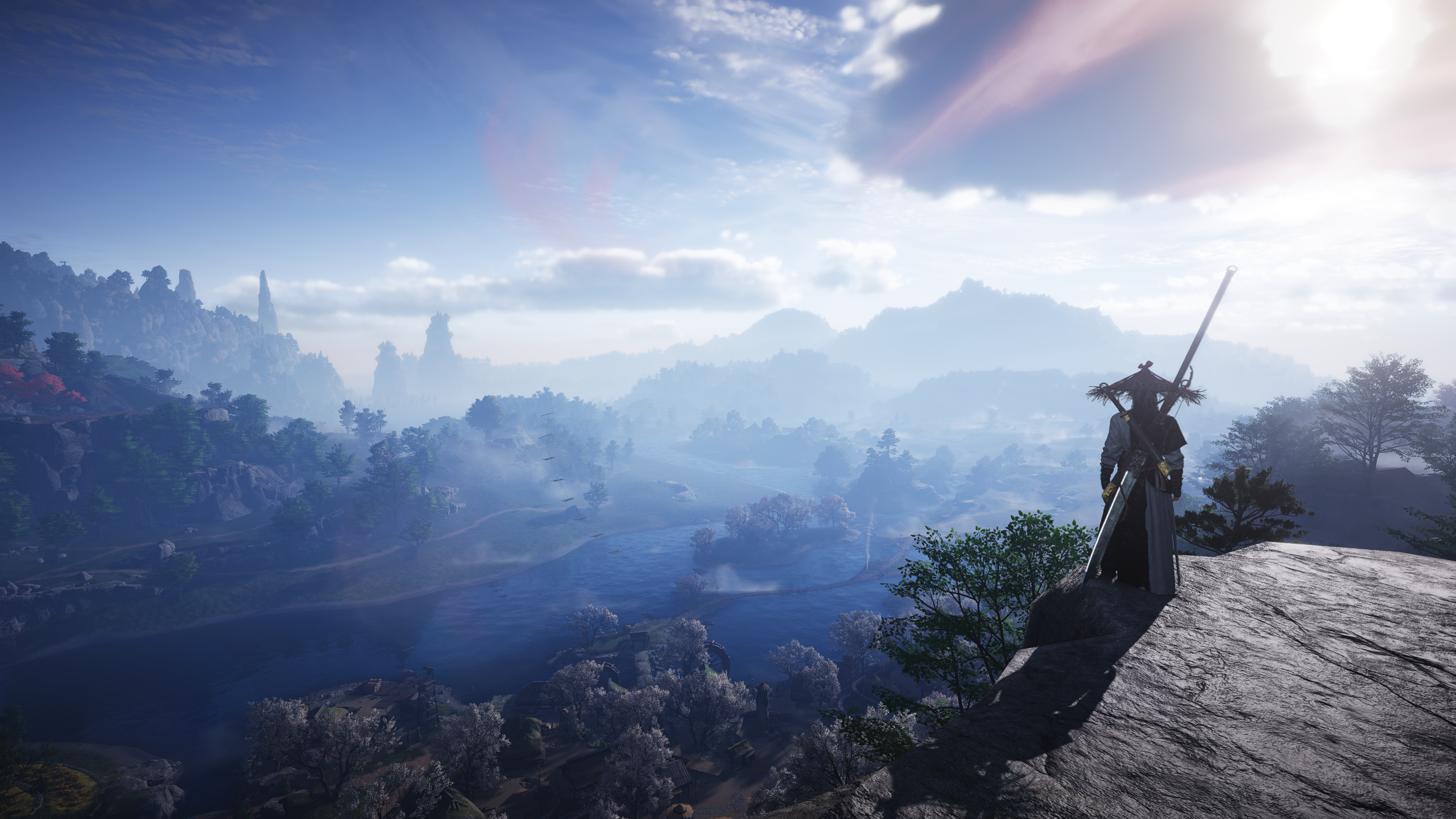
Where Winds Meet is one of the most ambitious upcoming games right now. The Western debut of developer Everstone Studio, this open-world Chinese fantasy epic crams more than 150 hours of single-player content, a robust co-op mode for up to four friends, and a shared online world populated by thousands of players into one complete free-to-play package for PlayStation 5, PC, and mobile.
“What we hope to create is a really immersive world experience, that was our core goal when we created this project,” explains lead designer Chris Lyu as we chat about the game’s sheer scale. “Of course, we ran into a lot of difficulties. Since no other studio has made this kind of game before, we didn’t have a lot of references.” It’s perhaps this uniqueness that has led to the game being so well received in the Chinese market, where it has been available for a few months and already achieved a significant milestone of more than 30 million downloads.
“The overall response has been pretty great and we’ve got a lot of positive reviews,” Lyu reveals. “On Douyin [the Chinese version of TikTok] and Xiaohongshu [a social media app known as RedNote] we had a lot of spontaneous discussions among the players. Some of them would post videos of them playing and those videos would generate a lot of comments from others. Also, the response to the storyline has been great. A lot of players would burst into tears at the most moving parts and I think that created a lot of talk about the game.”
Lyu also highlights the game’s “successful” monetization, which hinges on the sale of cosmetic items, season passes, and gacha pulls. “We don't have any pay to win elements in the game, so it's not like you can purchase your power level,” he stresses. “All of our monetization relies on making yourself look good. It's purchasing costumes and mounts or visual effects for different skills and abilities. So it's all about pleasing yourself.”
Discover a sprawling saga
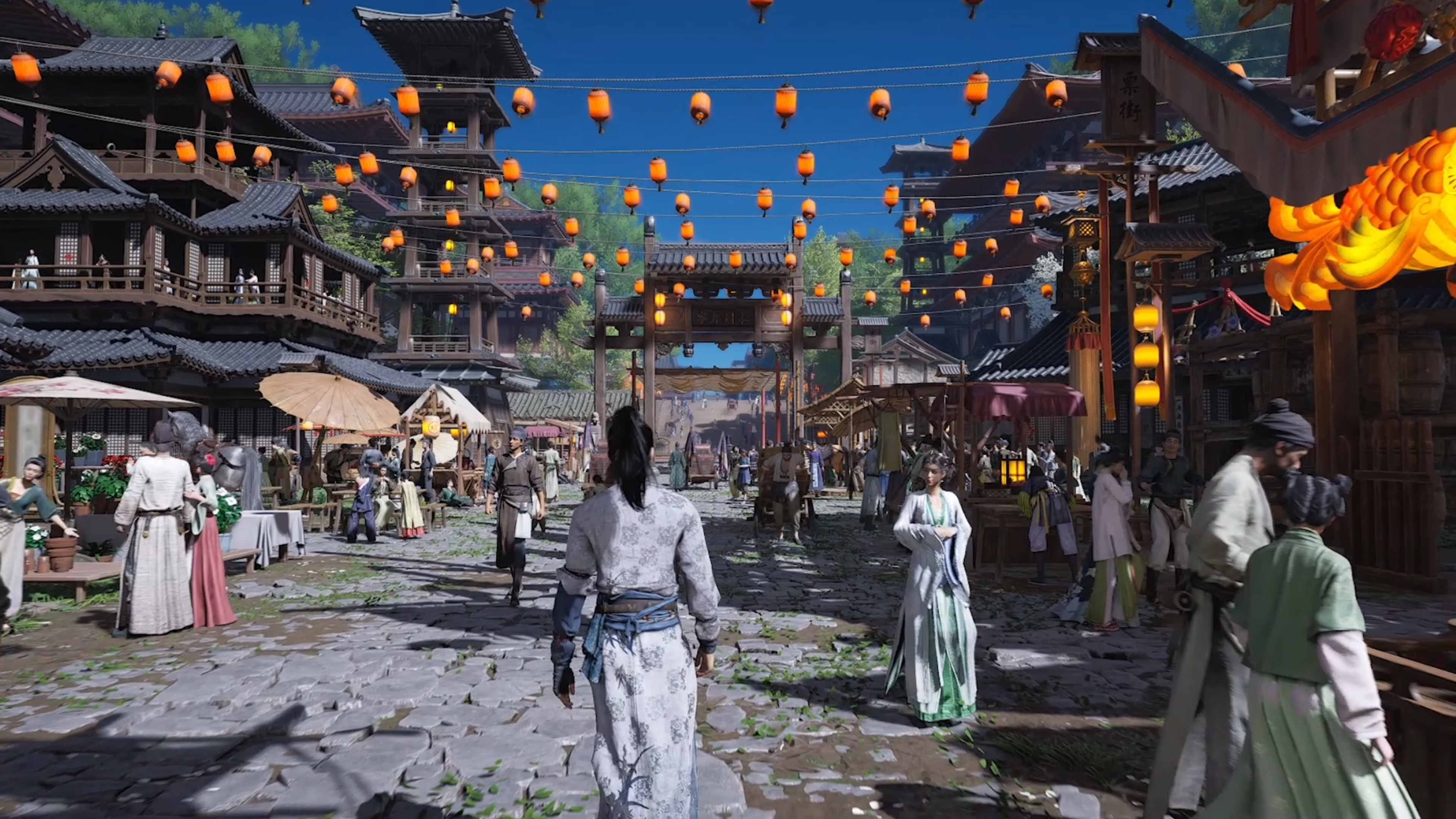
Set in the historical Five Dynasties and Ten Kingdoms period, Where Winds Meet is a distinctly Chinese game that's steeped in the wuxia martial arts genre. Global version design lead Soul hopes that its appeal will transcend cultural barriers. “Rather than just expressing the culture in a verbal manner, we prefer to create this atmosphere in which you can just experience the whole wuxia spirit of martial justice,” they explain. “We let you experience the happiness, the sorrow, the excitement of that era in this wuxia world.”
But what defines a wuxia story? Western players may be familiar with the kinetic fantasy action of the acclaimed ‘Crouching Tiger, Hidden Dragon’ movie, but I’m keen to learn more about how the team intends to truly put forward the ‘wuxia spirit’. Narrative designers Avery Wang and Vera Du highlight a wealth of “symbolic elements” present in wuxia stories, ranging all the way from a cast of “characters who have mastered special martial arts and are able to achieve great things,” to the idea of dual identities, with “famous warriors who have done legendary things concealing themselves to blend in with society.”
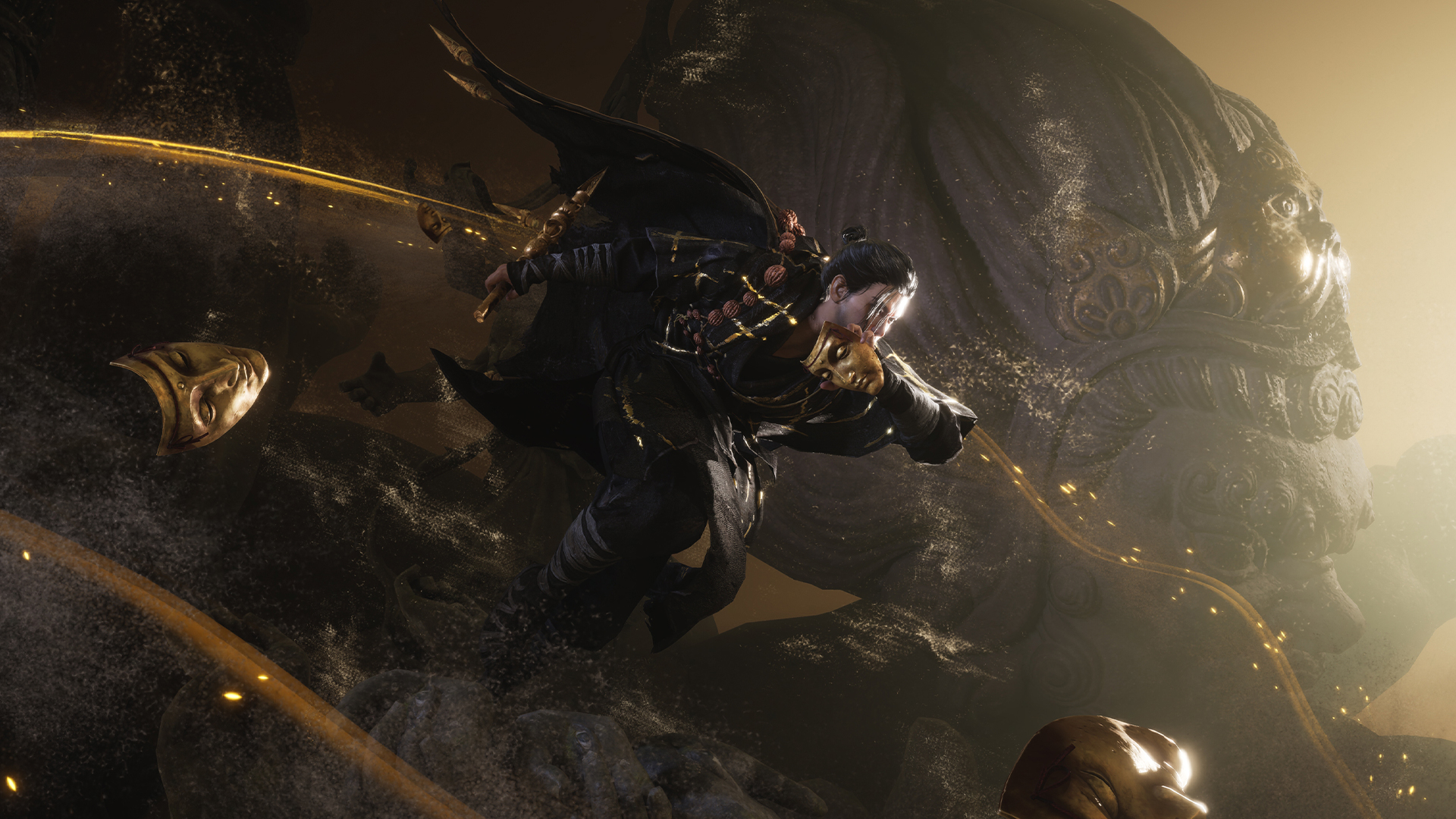
With the ability to run up the sides of trees or glide through the sky, even the most basic ways in which you interact with the world have a distinctly wuxia flair. “The character may encounter bears in forests or jungles and normally you would imagine that in a game you'd have to fight the bear with either melee skill or weapons or use hunting skills, but here we did something very wuxia-like,” Wang adds. “We give players the ability to use Mystic Arts [special abilities learned throughout the game]. One of them is called Lion’s Roar, so if the player is able to do that they would simply scare the bear away.”
Sign up for breaking news, reviews, opinion, top tech deals, and more.
These fantasy elements are interwoven with the real-world Five Dynasties and Ten Kingdoms setting, which Wang says was chosen not only “because it is a transitional period in between two very well known dynasties, Tang and Song” and full of interesting stories, but a time “that not many game titles have actually tapped into before.” This, in addition to gaps in historical records, makes it an era that's ripe for expansion.
“In Chinese history there are lots of stories and legends, but in many cases, they are not very detailed, and that gives us a chance to fill in the blanks,” she begins. “Let me give you one example regarding a character in the game, Wang Qing, who is a general. He died, together with his legion, defending a fortress. He fought all the way until the end, until he and all his soldiers died in the battle. That's a real historical figure, but as for how he actually died and who his soldiers were - nobody knows, because that's not written in history. We get to fill in those details.”
Master super-powered martial combat
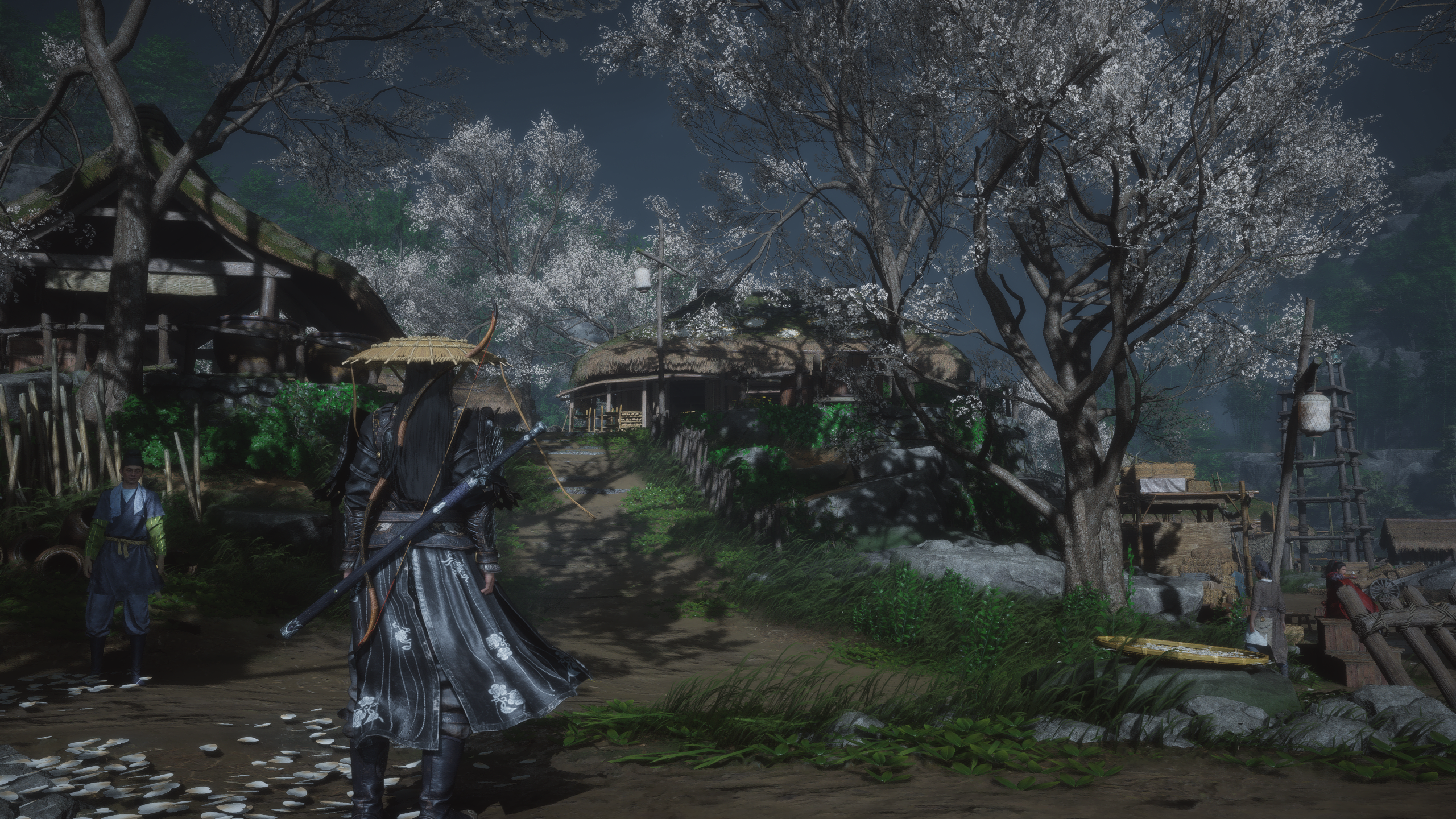
As the genre’s name literally translates to ‘martial arts heroes’, it should come as no surprise that combat is a key part of wuxia. As a result, it plays a key role in the story of Where Winds Meet and is one of the primary activities as you progress.
Although at launch there will only be seven types of weapon available to try, a figure that combat designer Zen admits “is not a huge number”, they are nicely varied. “Players can experience all sorts of builds and different kinds of tactile combat. Some of the weapons are heavier and more hefty, and some of them are more flexible and light and easy to use,” he says. “Our goal for all of this is for our players to have a tool readily available for every type of environment, and every type of different encounter that they might face.”
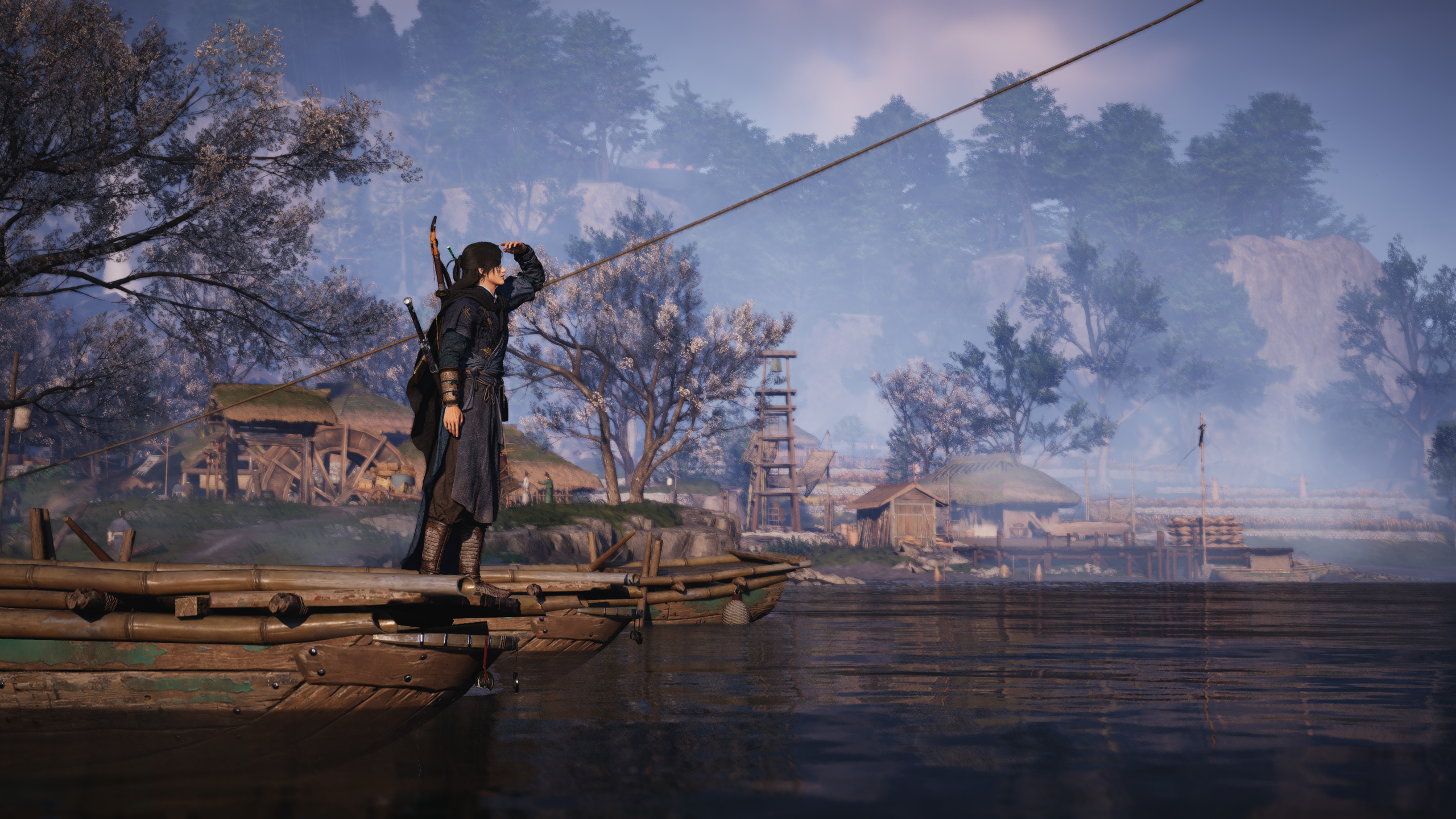
The player is also encouraged to equip two weapon types at once, alternating between a primary and secondary slot. “With these seven different types of weapons, you can have a lot of variations in terms of how they synergize together,” he adds. Each kind of weapon also boasts unique animations, helping them further stand out. Motion capture plays a huge role in this, a fact emphasized by executive lead designer David.
“We've been prioritizing the role of motion capture from the very beginning in terms of our combat design,” he explains. “This is most exemplified in the way that the skills, the abilities, are shown in-game. So from early on, when we were designing the abilities we designated a style that we wanted to express with each of them. Based on that, we tried to look for stunt directors, martial arts directors who have worked on movies, and together with them, we developed this vision of the style that we're going for.”
This included work with award-winning action choreographer Stephen Tung Wai, a frequent collaborator with legendary Hong Kong film director John Woo. Serving as the game’s martial arts director, he helped bring the quality of Chinese filmmaking to the in-game animations. Everstone Studio also benefitted from plenty of internal expertise. “Luckily we have a lot of members in our team who are huge lovers of traditional martial arts,” says David. “So a lot of our inspiration is sourced from the content that they consumed growing up, including a lot of martial arts and kung fu literature, films, and novels.”
Inside a fully-realized ancient world
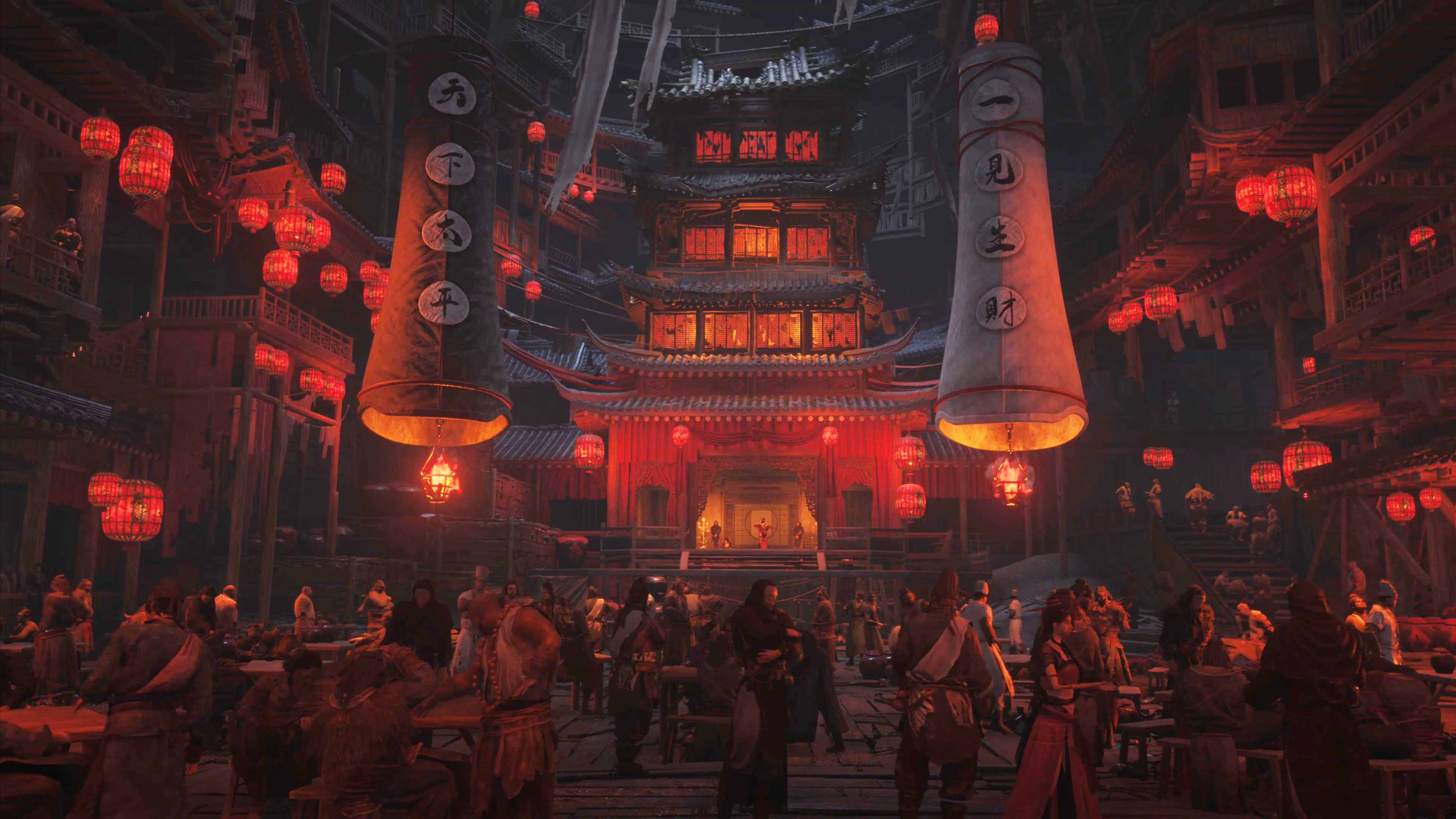
All of this is wrapped up in lush visuals and atmospheric music that underscores the game’s cinematic nature. “Where Winds Meet is set in an actual historical period, so we want to represent that in our game,” says senior concept artist Zhong Zhou. “We conducted lots of field research. We visited Kaifeng [one of the game’s major regions], we visited the local museums, saw cultural relics and the heritage. Also, we looked at the natural landscape of this particular area.”
“We have taken many photos for us to refer back to. Because of some limitations, we were unable to build up a 3D model by using scanning techniques, but we took these photos for reference. The most important thing is that we refer back to what it looks like in reality,” he adds.
Careful attention was also paid to the composition of each scene. “We attach great importance to characters, people, and environment, because wuxia includes a very important element: people,” he argues. “Wuxia emphasizes the importance of interpersonal connections, so when we recreate those elements, we draw inspiration from cinematic works and old ancient paintings and murals.”
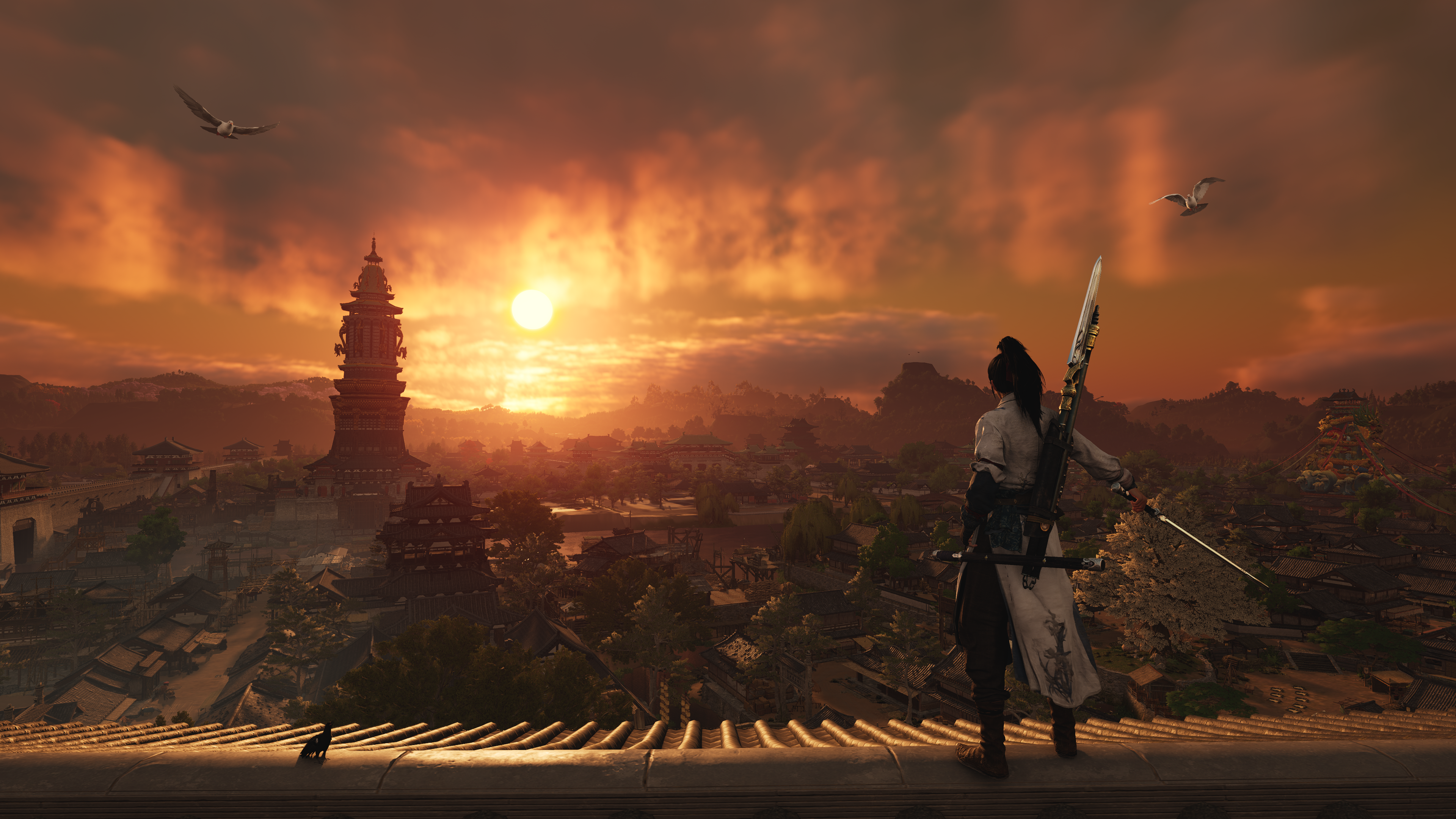
The past played a significant role in the production of the music, which draws on traditional Chinese melodies. “For the music we have two major influencing elements,” begins audio designer Yida. “The first one is culture. We draw inspiration from folk music and ancient musical pieces. We collected these materials during our research, and we discovered our main motifs for the music. The second is natural elements, like water, birds, warbling, and the sound of wind.”
The result is an atmospheric, but equally authentic virtual world. The realism is enhanced further through bespoke sound effects, captured via the manipulation of all kinds of props from crushed cabbages to credit cards drawn across loose strings. “It should be something very traditional but also natural,” Yida explains.
Even real weapons were used at times: “not only a sword, as there are many different kinds of weapons in the game. Sometimes we use a stick, or we swing a baton. Sometimes it’s not the real weaponized objects, we just swing a book or paper to simulate the sound. After gathering all these elements, we stack them up to find out what kind of combination is best.”
It seems like there will be plenty of interesting sights and sounds to uncover throughout the gigantic wuxia story when Where Winds Meet launches later this year. You can currently pre-register for the game on the official website in order to obtain exclusive rewards.
You might also like...
- Wuchang: Fallen Feathers is 36 hours of pure soulslike bliss, even if one level threatened to put me on my villain arc
- 'He's probably pissed off' – Dying Light: The Beast director discusses setting a super-powered Kyle Crane loose and dialing the gore up to 11
- I spent hours learning how to play Nobunaga’s Ambition: Awakening just so I could accidentally win within a minute of starting a save

Dash is an experienced tech journalist who currently serves as the Gaming Editor at TechRadar, where he helps oversee coverage of video games and related products.
Before joining the team, he was Contributing Writer at PLAY (formerly Official PlayStation Magazine) and has also written articles for many of the UK's biggest gaming magazines including Edge, PC Gamer, and SFX.
Now, when he's not getting his greasy little mitts on the newest hardware or gaming gadget, he can be found listening to J-pop or feverishly devouring the latest Nintendo Switch otome.
You must confirm your public display name before commenting
Please logout and then login again, you will then be prompted to enter your display name.